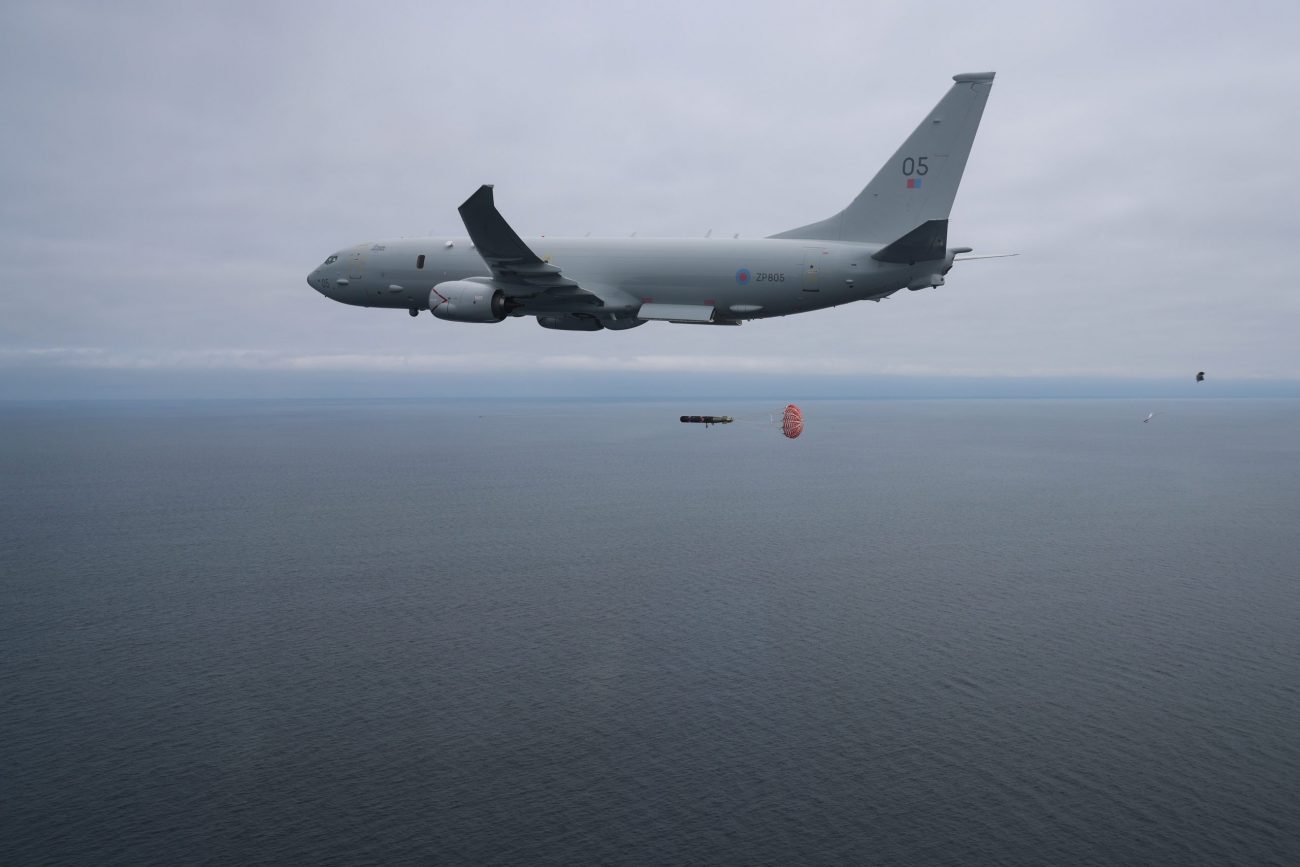The Royal New Zealand Air Force has had 92 of its P-3K2 Orion missions intercepted by foreign military jets since 2015 in the Middle East and East Asia regions, said the RNZAF’s Chief of Staff, Air Commodore AJ Woods.
Former Defense Minister Ron Mark acknowledged receiving information on the various Kiwi aircraft interceptions. The majority of the period covered by the interception data, from 2017 to 2020, was when Mark served as defense minister.
The information given this month by defense chief of staff Air Commodore AJ Woods revealed that the 92 interceptions of the P-3K2 Orion maritime patrol planes occurred during the course of 234 missions since 2015.
However, the Official Information Act prohibited disclosure of the incidents’ specifics due to national security concerns, including the precise locations of the interceptions.
The NZ Defense Force first declined a daily New Zealand Herald request for details regarding all intercepts made in June, citing national security. The figures were only made public after the Herald complained to the Ombudsman about the Defense Force’s denial of requests.

The New Zealand-based media outlet requested that some general details be given, even if the particular locations were withheld. Chief Ombudsman Peter Boshier agreed with the argument that releasing the information would probably compromise New Zealand’s security and defense.
He said he could not pressure the NZDF to reveal the information, even if the information is of great public interest. “Unfortunately, I cannot provide more of an explanation of my opinion without that explanation potentially causing the prejudice at issue,” Boshier added.
In a similar line, Mark refused to discuss the incidents in detail, citing a “lifelong duty of confidence.” He maintained that all applicable Acts still bind him concerning highly sensitive and confidential information that could jeopardize the nation’s relations with foreign countries and their economy.
Meanwhile, Wayne Mapp, a former national MP, who served as defense minister from 2008 to 2011, stated that he was not briefed about interceptions throughout that time. “A lot of those interceptions will be benign, I suspect,” he said.
Similar Situation Faced By Other Countries
The Herald first requested the Defense Force after a Chinese J-16 fighter jet intercepted a Royal Australian Air Force P-8 maritime surveillance aircraft on May 26.
The J-16 fighter jet, which Australian Defense Minister Richard Marles reported flew “very close to the side” of the Australian aircraft, intercepted the P-8 as it was conducting a routine surveillance mission.
Marles called the situation “very dangerous,” adding that Australia has expressed its concerns to Beijing. The Chinese government responded with an editorial in the party-controlled Global Times, claiming that the Australian minister omitted critical data, such as the location of the incident.
Separately, in late November, the Canadian government accused China of executing numerous “dangerous interceptions” of a Royal Canadian Air Force (RCAF) patrol plane performing reconnaissance flights from Japan.
In June, Canada disclosed that PLA’s fighter jets had intercepted a Canadian aircraft participating in a UN mission roughly 60 times since December 2021. Almost 20 of these interceptions were categorized as ‘dangerous,’ as the Chinese planes flew barely 20 to 100 feet away from the Canadian planes.

From that distance, the Canadian pilots could make eye contact with the Chinese pilots and even observe them raising their middle fingers. Experts say that such close calls at such high speeds can result in a collision or crash.
Nevertheless, the release of the new information by New Zealand comes when its Air Force is facing some operational difficulties owing to staff shortages. On December 13, the New Zealand Defense Force said five P-3K2 Orion aircraft would be retired five months earlier than anticipated.
As a result, the Air Force would only have a small number of aircraft for search, rescue, and surveillance missions until July 2023. The new Boeing P-8A Poseidon maritime patrol aircraft will replace the Orion aircraft.
On December 13, the first Boeing P-8A Poseidon arrived in New Zealand. The remaining aircraft will be delivered by the middle of 2023. The first Poseidon, though, won’t be operational until July 1, according to a statement from the New Zealand government.
The matter is pressing as the US, Japan, Australia, and other nations in the region compete with China for influence. High levels of attrition in the Air Force, according to the NZDF spokeswoman, make it impossible to maintain all of its current aircraft while also getting ready for the arrival of new ones.
- Contact the author at ashishmichel(at)gmail.com
- Follow EurAsian Times on Google News




